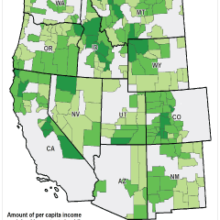Our full report, “The Recession and the New Economy of the West” (1.5M PDF), analyzed all 413 counties in the 11 contiguous western states. We focused on the factors contributing to growth in the 1990s and 2000s, and why some local economies performed better than others during the recent recession.
The journal Growth and Change published this study in their September 2012 issue. It was summarized in our Op-Ed, “West’s most diverse economies weather recession best”, in the Billings Gazette and other newspapers.
These are some of our findings:
Lessons
Lesson 1: The faster a county’s population grew from 2000 to 2007, on average, the faster the area tended to lose jobs during the recession.
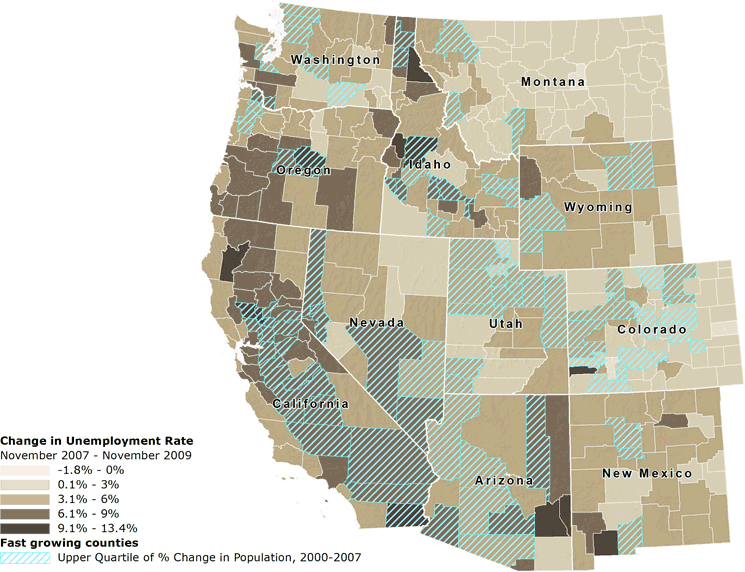

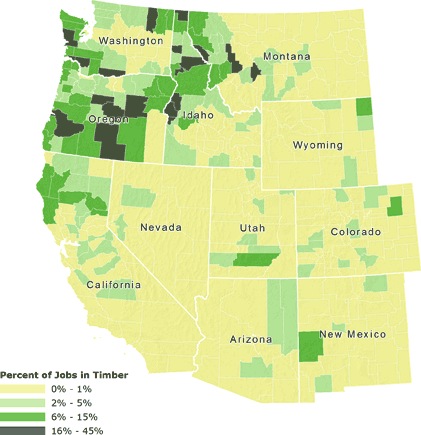
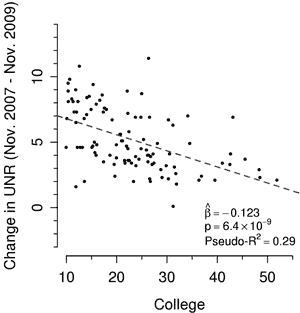
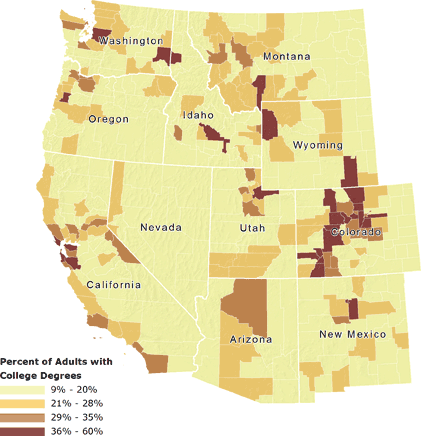
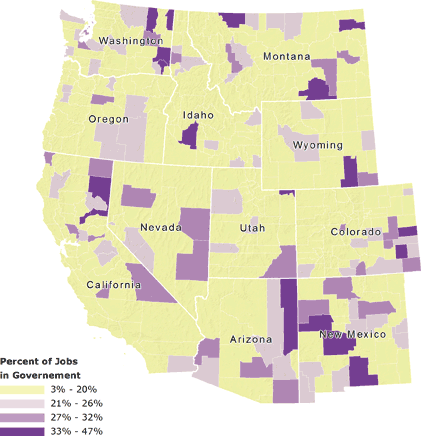
Government employment was found to be beneficial in that, after controlling for pre-recession unemployment and population levels, higher government employment, including military, federal, state and local government, was associated with lower rates of job loss.
- The importance of education in the emerging global economy,
- The stabilizing effect of government employment during economic contraction, and
- The dangers of over-reliance on single sectors, in particular those that fluctuate with commodity markets, such as the timber industry.
The full report, “The Recession and the New Economy of the West” (1.5M PDF), contains extensive statistics and sources.
